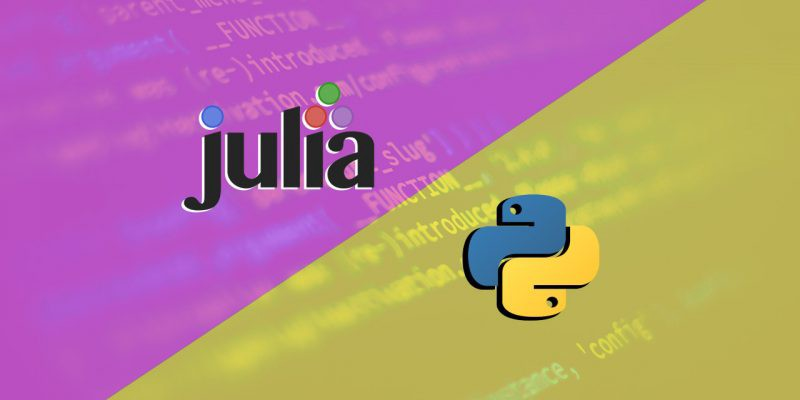New to Julia?
Julia is a newer, award-winning programming language that is simple to learn like Python but executes as fast as C. Don’t believe it? It’s really true. (Click here for a multiple language speed comparison.)
Julia offers more than just syntax and speed. To explain why they developed the language, the creators of Julia said:
“We want the speed of C with the dynamism of Ruby. We want a language that’s homoiconic, with true macros like Lisp, but with obvious, familiar mathematical notation like Matlab. We want something as usable for general programming as Python, as easy for statistics as R, as natural for string processing as Perl, as powerful for linear algebra as Matlab, as good at gluing programs together as the shell. Something that is dirt simple to learn, yet keeps the most serious hackers happy. [1]”
The jury is still out, but it feels like they delivered. When Julia 1.0 was released, the bones of a language with the potential to reach most, if not all, of their goals, was born.
At the same time, Julia has a long way to go before it reaches the maturity of mainstream programming languages. Julia’s packages need work and its documentation and learning resources can be improved. Luckily, an active (even zealous) developer community is working on these issues.
Even though the language is growing, there are a lot of reasons to learn Julia, especially if you are interested in machine learning, data science or scientific computing.
#julialang #python #programming-languages #tutorial #julia
